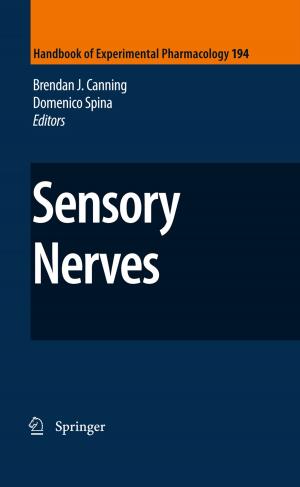Biomechanics for Life
Introduction to Sanomechanics
Nonfiction, Health & Well Being, Medical, Specialties, Physical Medicine & Rehabilitation, Orthopedics| Author: | Mark R. Pitkin | ISBN: | 9783642171772 |
| Publisher: | Springer Berlin Heidelberg | Publication: | March 31, 2011 |
| Imprint: | Springer | Language: | English |
| Author: | Mark R. Pitkin |
| ISBN: | 9783642171772 |
| Publisher: | Springer Berlin Heidelberg |
| Publication: | March 31, 2011 |
| Imprint: | Springer |
| Language: | English |
The reader will find in this book a new approach to improving health. The author has called this approach “sanomechanics,” combining the Latin sanus (healthy, sound) and mechanicus (science of the motion of bodies subjected to forces). The focus of sanomechanics is on exercising with an understanding of the biomechanical consequences of the actions. This understanding is based on the author’s theory of the floating skeleton, which postulates a hydraulic connection of synovial joints. The theory explains the greater or lesser success of any exercise utilizing the ability of the human skeleton to absorb and transform forces and moments from the body segments and the environment. This ability vanishes with age and illnesses, and the deeper our understanding of the nature of skeletal functioning is, the better we shall be able to improve, protect, and prolong the skeleton’s health.
The reader will find in this book a new approach to improving health. The author has called this approach “sanomechanics,” combining the Latin sanus (healthy, sound) and mechanicus (science of the motion of bodies subjected to forces). The focus of sanomechanics is on exercising with an understanding of the biomechanical consequences of the actions. This understanding is based on the author’s theory of the floating skeleton, which postulates a hydraulic connection of synovial joints. The theory explains the greater or lesser success of any exercise utilizing the ability of the human skeleton to absorb and transform forces and moments from the body segments and the environment. This ability vanishes with age and illnesses, and the deeper our understanding of the nature of skeletal functioning is, the better we shall be able to improve, protect, and prolong the skeleton’s health.















